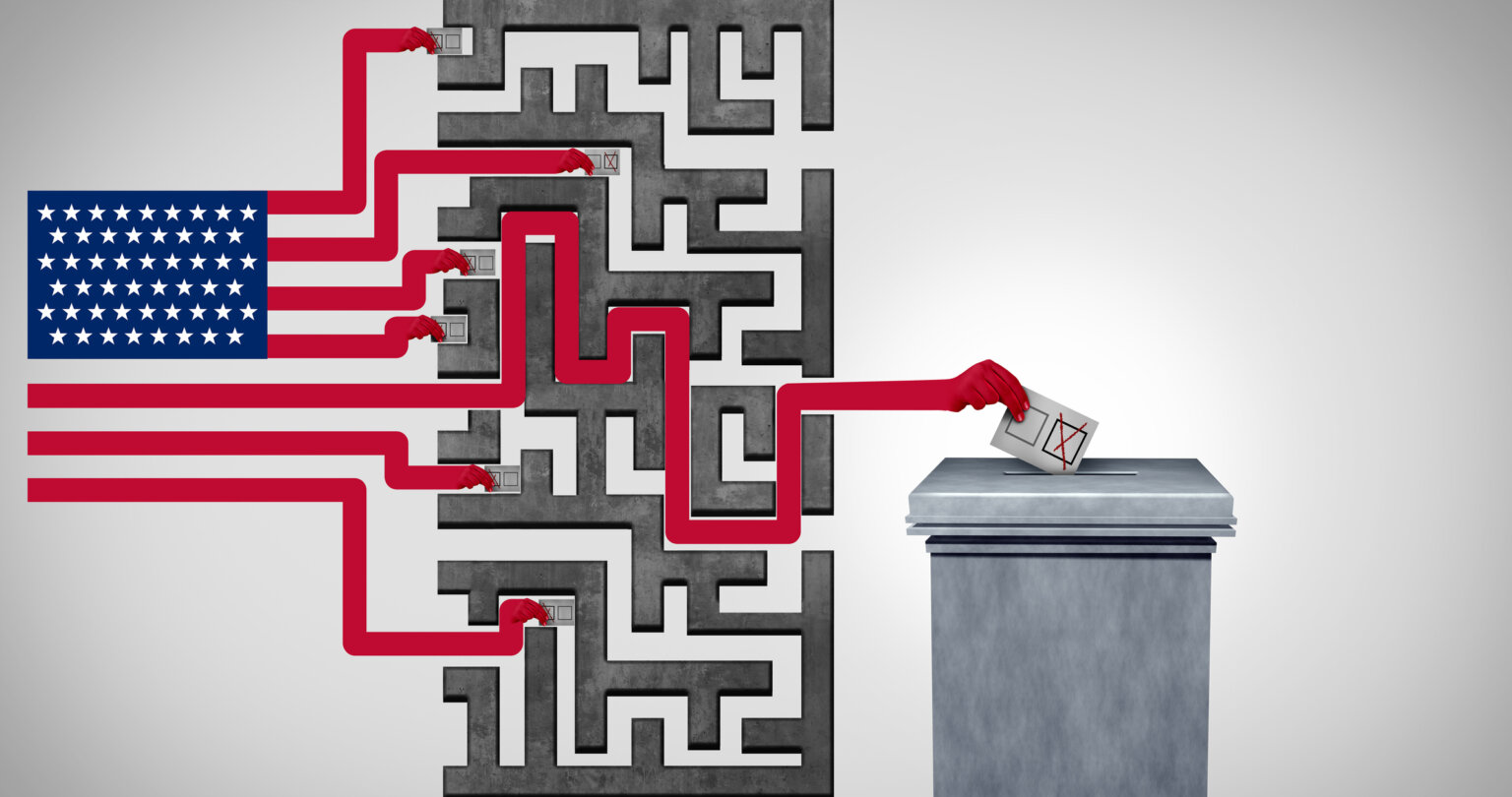
The SAVE (Safeguard American Voter Eligibility) Act was first introduced in Congress by Representative Chip Roy (R-TX) on May 7th, 2024. Representative Roy, along with President Donald Trump and fellow Republicans, offered this bill on the House floor in response to their claims that non-citizens voted illegally in the 2020 Presidential Election. The main provisions of the SAVE Act require persons to provide documents, such as birth certificates, passports, or military IDs, proving their U.S. citizenship when registering to vote in federal elections (1). While this legislation may seem important for preventing non-citizens from voting, it fails to expand upon previous non-citizen voting legislation. Furthermore, despite claims of widespread non-citizen voting, this phenomenon is virtually nonexistent, and instead of safeguarding elections, this act would turn away millions of eligible American voters from the ballot box in future federal elections.
Proponents of the SAVE Act have repeatedly asserted that the legislation would prevent non-citizen voting. However, the SAVE Act would essentially be a redundant reinforcement of previous legislation. Since 1996, the Illegal Immigration Reform and Immigrant Responsibility Act has barred non-citizens from registering to vote and voting in federal elections, although some municipalities in Vermont and Maryland allow non-citizens to vote in local elections. Furthermore, the National Voter Registration Act of 1993 established a common voter registration form for states to verify the citizenship status of an individual attempting to register to vote. This form requires the individual to list their driver’s license number (if applicable), address, and Social Security Number, allowing states to cross-reference this information with various federal and state databases, including the Social Security Administration or the Department of Motor Vehicles. This detailed review permits states to verify the identity and citizenship status of the individual, and has been highly effective. An analysis by the Bipartisan Policy Center identified only 77 instances of non-citizens voting between 1999 and 2023 (2). Since 2000, nearly 1.5 billion votes have been cast in federal elections, meaning that the percentage of non-citizen voter incidents is roughly 0.000005%–a remarkably low figure (3). This data illustrates that the current systems of voter registration, although frequently confusing for registrants, prevent non-citizen voting and do not require such an extraordinarily restrictive measure as the SAVE Act, which has the potential to hinder citizens’ suffrage.
A key provision of the SAVE Act would mandate the registrant to provide some sort of citizenship-providing document, such as a passport or birth certificate, when registering to vote or updating their voter registration. This requirement would harm the already low voter turnout problem facing American elections (4). In November, 63.7% of eligible voters cast a ballot, or in numerical terms, roughly 150 million Americans. If the SAVE Act had been passed prior to the election, these 150 million voters would need to present either a passport or birth certificate to their local board of elections; a driver’s license or other common forms of identification do not satisfy the requirements of the SAVE Act. This mandate would create huge problems for American voters, particularly young women. Data shows that approximately 170 million Americans do not have passports and, therefore, would likely have to resort to a birth certificate to prove their citizenship (5). While a birth certificate may seem like a viable solution, nearly 69 million married American women do not have a birth certificate that matches their legal name (6). Although it is difficult to estimate an exact number, married women without a passport would face substantial hurdles while registering to vote with these requirements from the SAVE Act, driving down the turnout rate in future elections.
Additionally, the SAVE Act would also prohibit, due to its requirements, both online and mail voter registration, as well as voter registration drives. The SAVE Act’s standards would require a certified member of a local board of elections to verify the form of citizenship-providing identification presented by the individual attempting to register to vote, therefore limiting (if not eliminating) the hosting of voter registration drives by organizations across the nation. Restricting these drives would have detrimental effects on the turnout of voters, particularly youth voters. In my home state of Maryland, 64% of 18-year-olds are registered to vote—a figure comparatively high relative to rates in neighboring states, but one that could be diminished without the assistance of voter registration drives and similar efforts to stimulate youth voter turnout (7).
Overall, the SAVE Act is a dangerous piece of legislation that fundamentally would fail to accomplish its principal goal of securing American elections. Instead of reducing the already virtually non-existent figure of non-citizens voting in elections, the SAVE Act would disenfranchise millions of eligible American voters, creating an unjust, inequitable process for Americans seeking to express their sacred right at the ballot box.
Sources:
(1) https://www.congress.gov/bill/119th-congress/house-bill/22
(2) https://bipartisanpolicy.org/blog/four-things-to-know-about-noncitizen-voting/
(3)https://ballotpedia.org/Election_results,_2024:_Analysis_of_voter_turnout_in_the_2024_general_election
(4) https://election.lab.ufl.edu/voter-turnout/
(5) https://travel.state.gov/content/travel/en/about-us/reports-and-statistics.html
(6) https://www.americanprogress.org/article/the-save-act-would-disenfranchise-millions-of-citizens/
(7) https://spp.umd.edu/news/poised-political-engagement-64-maryland-18-year-olds-are-registered-vote